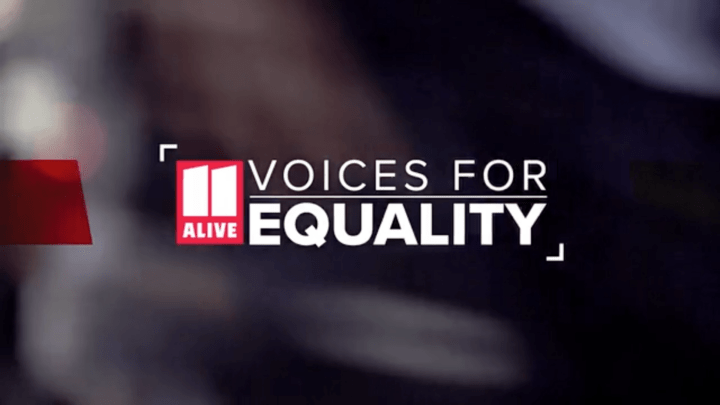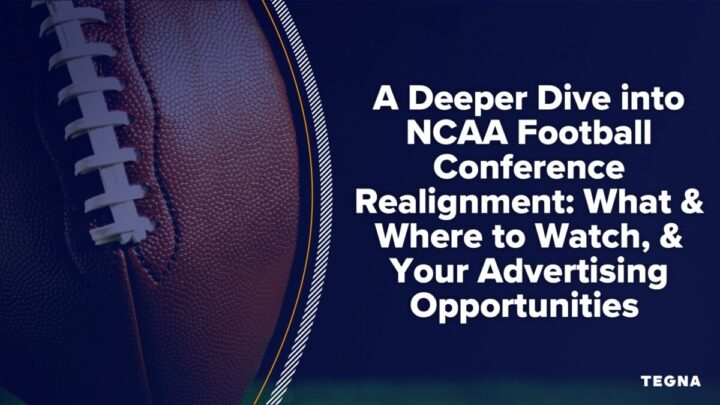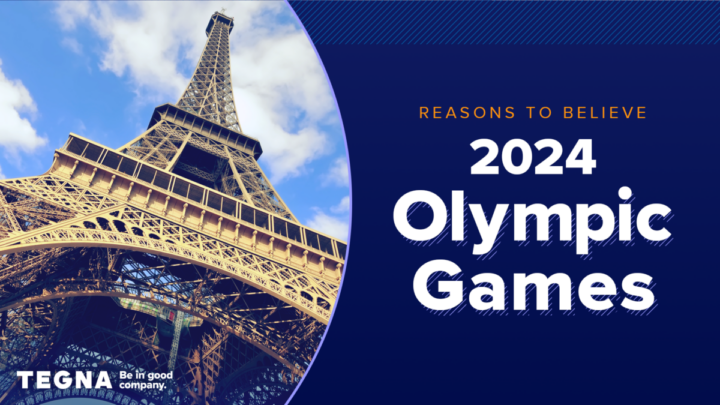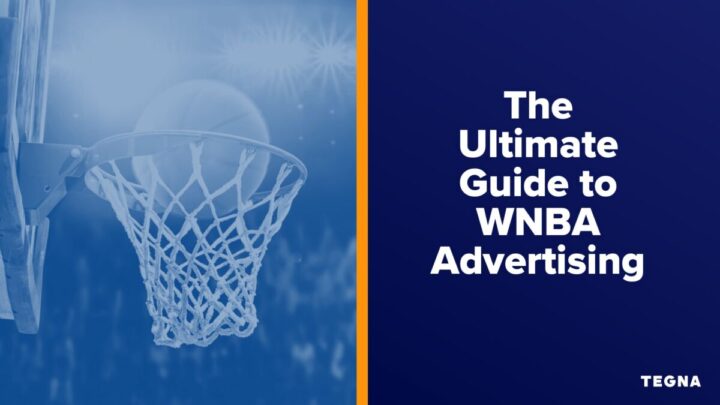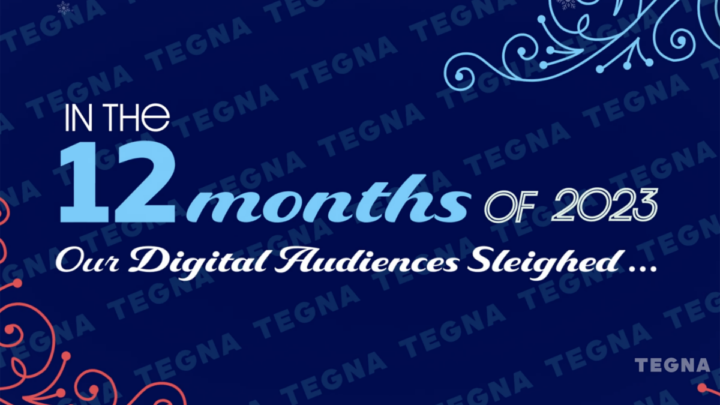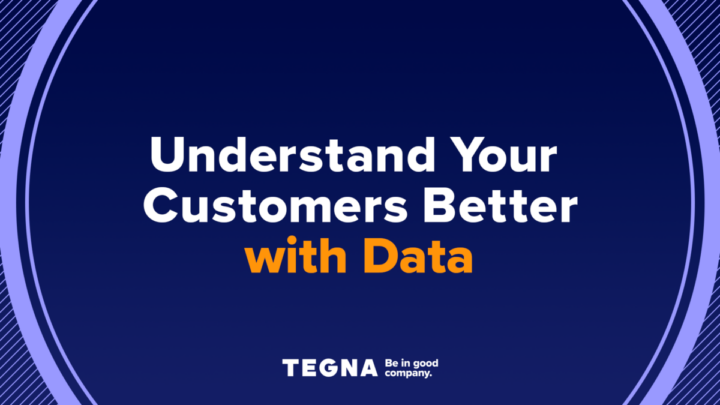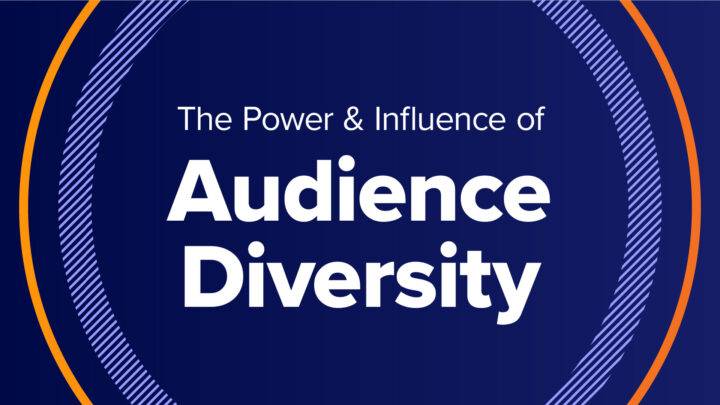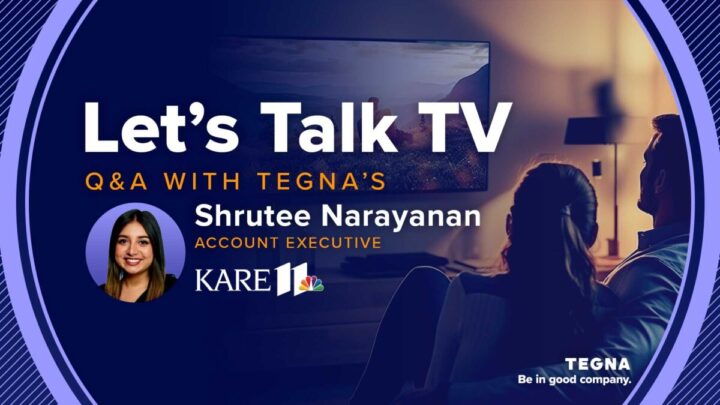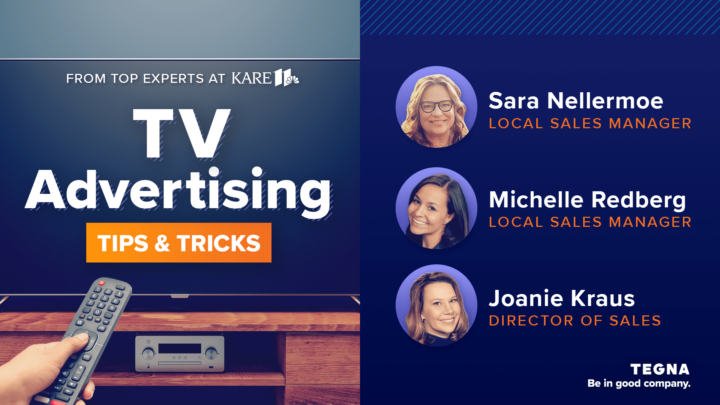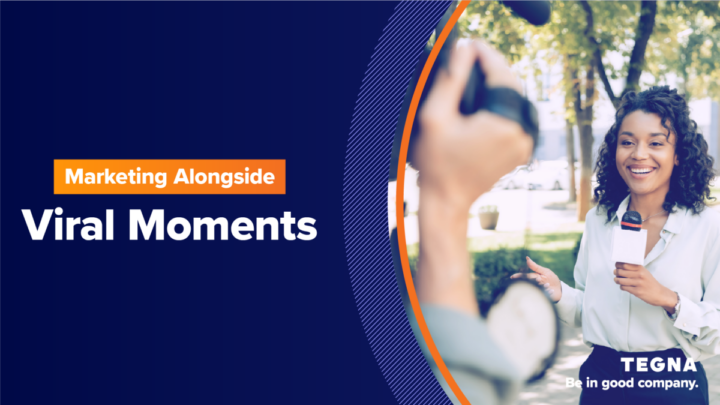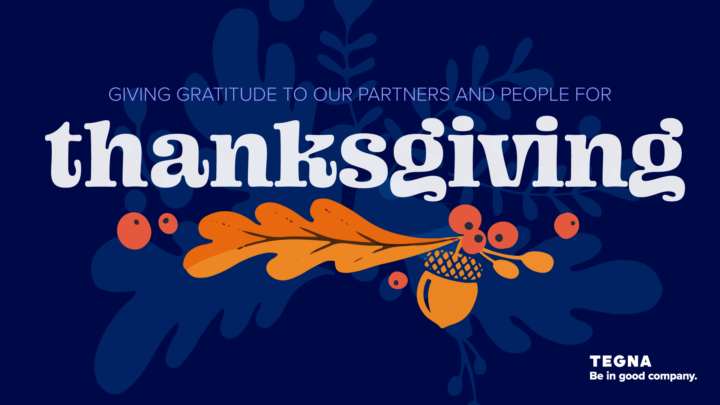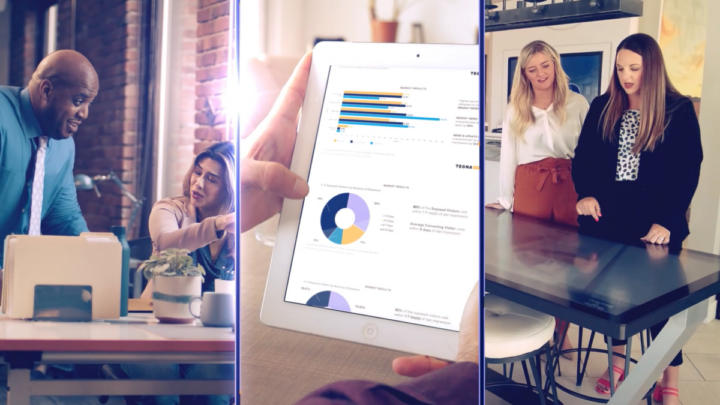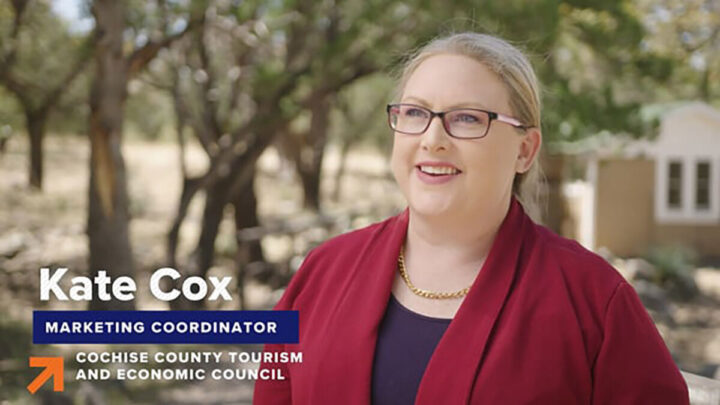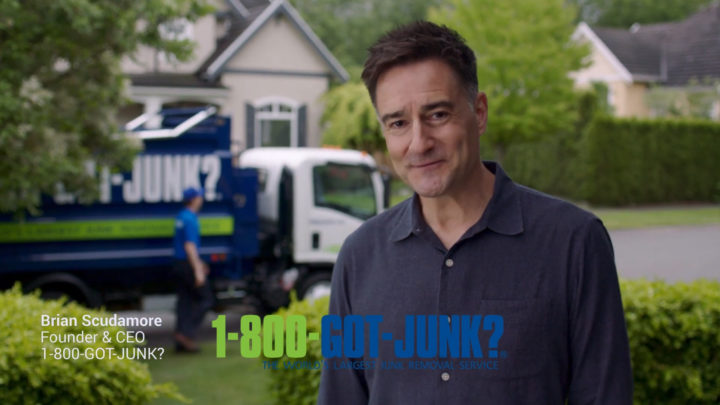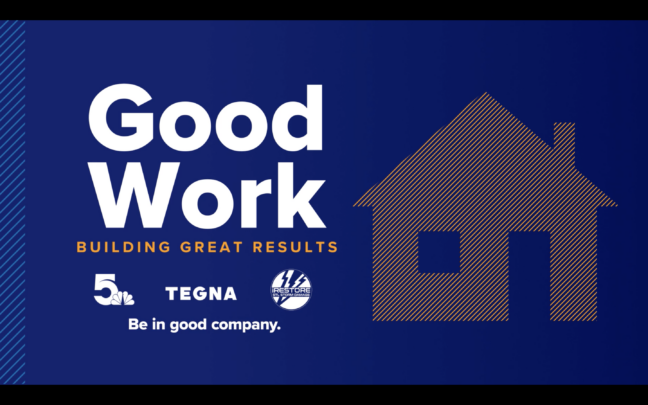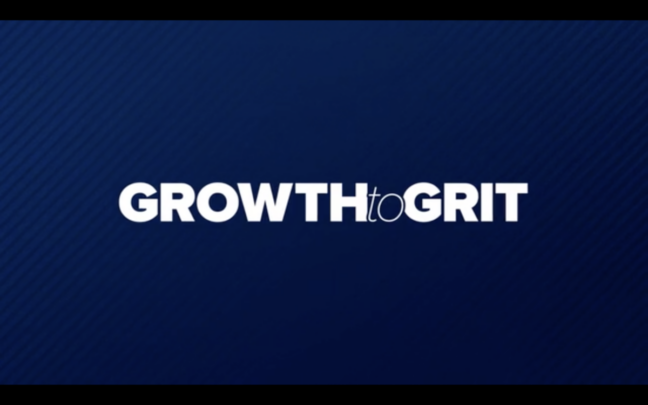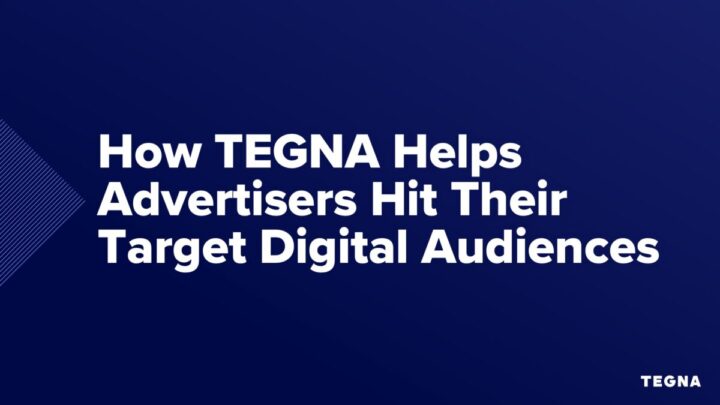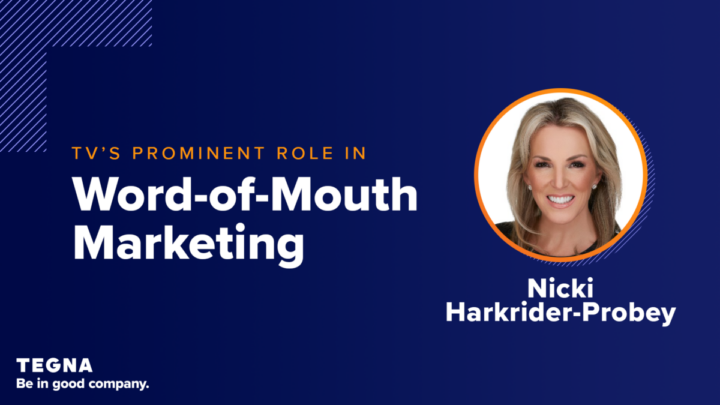What is Media Planning? The Ultimate Guide to Success
Media planning involves finding the best channels for reaching your target audience while maximizing ROI. Learn more about how to develop a successful media plan here.
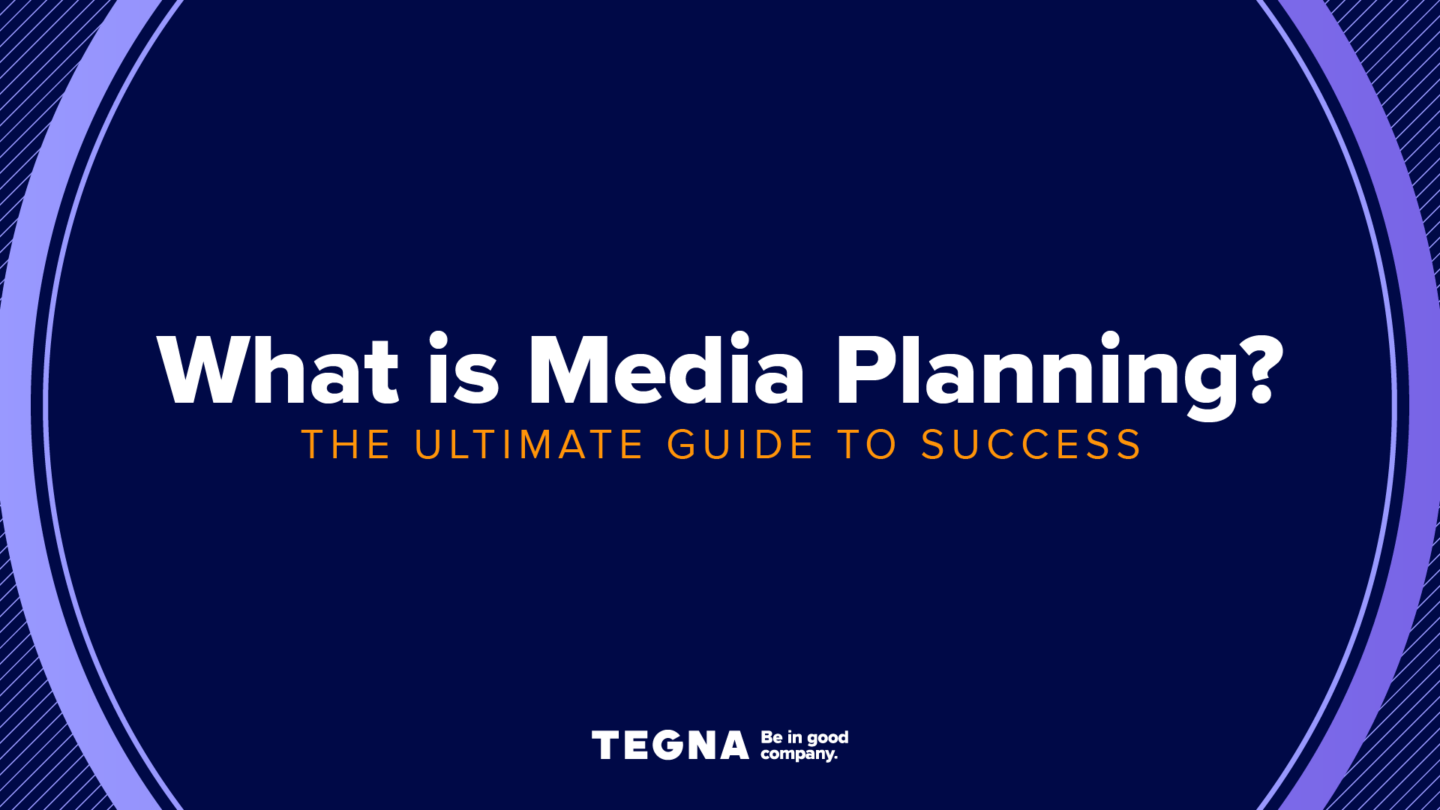
Streaming. Digital. Print. Radio. Social media. The list goes on. There are so many channels for brands to reach target audiences that media planning can become quite a task for marketers, advertisers, media planners, and buyers alike. But don’t worry. Team TEGNA has you covered. This guide is designed to help answer some of your most pressing questions regarding today’s fragmented, competitive, and challenging media landscape.
What is a Media Plan? What is Media Planning?
Advertising is about reaching the right audience at the right time and place. To do so effectively, you can’t just take shots in the dark and hope it works. That’s why creating a media plan is one of the most critical components of your marketing campaign.
In creating a media plan, you’ll outline the who, what, when, where, why, and how your brand intends to reach its target audience. By researching and mapping out these variables, your cohesive plan can help campaigns reach the right audience at the right time, improve the frequency and reach, and maximize your ROI.
The Importance of Media Planning
Creating a media plan can help solve everyday challenges and problems that brands face when running marketing and advertising campaigns. A well-thought-out media plan can help set goals and benchmarks against those goals, which help calculate ROI, eliminate wasted budget, now which marketing tactics lead to sales or conversions (attribution), and select the proper channels for your campaign.
The Goals of Media Planning
Media planning aims to distribute advertising spending to maximize ROI. Once you define your key objectives, media planning sets your campaign up for success in terms of timeline and distribution of spend.
An Overview of the Steps for Developing a Media Strategy
Now that you know what a great media strategy entails, how do you get started developing it? Below are some items that should be included in your advertising plan.
1. Set Campaign Goals & Objectives
What is your brand trying to achieve? What action do you want viewers to take, and what is the definition of a successful campaign? You’ll want to set SMART goals (Specific, Measurable, Achievable, Realistic, and Timely). Examples include increasing website traffic, improving conversion rates, and generating a specific number of leads.
- Pro Tip: Determine Metrics for Success. When you define your campaign goals, determine what metrics you will use to measure success. If your goal is to improve conversion rates, you’ll want to measure conversion rates by channel so you know which platform delivers the best results and can continually optimize your campaign.
2. Create a Budget & Timeline
How much does your brand have to spend on its campaign, and how long will it run? Detail a proposed budget and keep the campaign within these parameters.
- Pro Tip: Spending more money does not equal better results.
3. Establish Frequency & Reach
Reach is how many people will see your campaign over time, and frequency refers to how many times one person will see the campaign during its run. In determining how many people you want to see your campaign and how many times they see it, there are three main tactics to consider:
- Continuity: Ads run consistently — for example, five times per week or twice per day.
- Flighting: Your ads are run over a set period of time, and look at your budget to ensure ads are at maximum exposure during key periods. For example, a flight for a seasonal product for spring cleaning may run in April, pause during the summer, and then pick back up in the fall before the holiday season.
- Pulsing: A combination of Continuity and Flighting. These are usually low-frequency but consistent during certain flights, while high-intensity during flights may have a higher impact.
4. Research Your Target Demographic
Who is buying your product or using your service? How will your product or service benefit a particular demographic? Who is most likely to become a loyal customer? Is the person you’re targeting the person that is buying?
You can use several tactics to determine your target audience and their preferences, needs, wants, and likes. Consider reading the publications your target audience reads to assess better how competitors may be advertising and what messaging works. For example, many advertisements may focus on standing out in a crowd or an experience if you are advertising luxury products. Alternatively, campaigns focused on homeowners may advertise home remodeling services such as plumbing and DIY projects.
You can leverage Google Analytics data to learn about the users already visiting your website. Or, you can complete customer interviews and conduct marketing research and check out industry trends and publications. As you gather this info, you can then create audience personas (as seen in TEGNA’s Mastering the Millennial Mindset of Today e-book), which is an exercise that defines your target audience. For example:
- Demographics: Age, gender, occupation, household income, family life (single or married), education level, and location.
- Media Channels: Watches local news every morning frequents Facebook throughout the day, reads Forbes online, and is an avid sports fan.
- Purchasing Behaviors: Purchase intent, online versus in-store, free delivery or pickup.
- Goals & Challenges: Is working hard for a job promotion, looking for easier ways to communicate with family.
Pro Tip: Additionally, Katie Yape, Product Manager at TEGNA, suggests researching your competitors, their customers, and how they purchase. Doing so can provide insights that can further define your target audience.
5. Selecting the Right Advertising Channels
Where should your campaign be placed for the best results? This is where knowing your audience really pays off. When you know who your people are, you know where they will be and what type of messages resonate with them. For example, if you’re targeting Boomers, you’ll learn that most of them consume media on broadcast TV. Whereas if you’re targeting Gen Z, your brand may better benefit from advertising on a platform like TikTok. (More on the channels below.)
6. Test & Refine
Albert Einstein famously said, “Insanity is doing the same thing over and over and expecting different results.” Therefore it’s imperative to look at the numbers and optimize your campaign to the best of your ability. Did a streaming ad generate no new leads? Try moving that creative to TV and see if it moves the needle – or integrate it into a podcast. There are thousands of options, and you’ll probably try hundreds of different combinations throughout a campaign.
Types of Media Channels & Placements
There are several different platforms and media channels for brands to reach an ideal target audience. Owned, earned, and paid media are also used in creating media plans.
- Owned: Content your brand creates and controls, such as your brand website or social media accounts.
- Earned: Content others create about your brand, for example, a Yelp review.
- Paid: Content, such as an ad, your brand pays to put in front of an audience.
Here are some of the top examples of paid media channels, along with their top benefits.
Television
As it has been for years, TV is one of the most effective and profitable ways for advertisers to reach audiences across the country.
- Reach: Did you know that in 2021, there were 5.36 billion people watching TV worldwide? That number is expected to increase to 5.68 billion by 2026.
- Visualization: TV ads and commercials are a visual medium, and because of this, recent studies have found that TV and streaming ads have the highest recall. Additionally, 5 in 10 find TV ads to be the most effective in getting viewers to buy their product or service.
- Trust in Local: When comparing national and local television, it can be easy to focus solely on the number of viewers. However, local television allows businesses to advertise their products in specific locations. Additionally, consumer trust is exceptionally high when ads align with local news channels. Even small businesses can benefit from TV ads since they can drive foot traffic and in-store visits.
Sports Games
Sports have been a staple of television advertising for decades. The Super Bowl is famous for its ads, but brands don’t need to invest exorbitant fees to reap the benefits of sports marketing. By sponsoring a commercial tied with the Olympics or March Madness, companies still benefit from live viewers, who are less likely to forward through their advertisements. Additionally, they benefit from a large, engaged, and loyal fanbase.
With the right partner, larger organizations can benefit from this local appeal while still placing local advertisements. TEGNA has a presence across numerous states, including major metropolitan areas such as Tampa, Seattle, and Atlanta. As a result, even national brands can cater their messaging to local audiences while reaching their target demographic.
Digital
E-commerce continues to grow in the wake of the pandemic. As companies embraced hybrid or remote offices, digital touchpoints became more critical.
- Reach: There are 2.14 billion online shoppers globally and 230.5 million in the US alone – that’s 70% of the population.
- Targeting: On top of such a large audience, digital opens up doors for more effective ad targeting, such as audience targeting, location, behavioral and contextual targeting, and retargeting. Businesses can also use geofencing to target consumers in a specific location. These tactics boost brand awareness, drive traffic and qualified leads to your website, and even allow for competitive conquest – even as brands turn to first-party data to provide the best user experience possible.
Native Advertising
Native advertising is featured alongside a website or magazine editorial, creating a more seamless experience for readers and users. Below are some of the benefits:
- Purchase Intent: Studies have shown purchase intent is 53% higher with native ads, and 7 out of 10 users have noted that they favor content over traditional forms of advertising when learning about a new product
- Contextually Relevant: Companies can better target users based on interests and intent using AI and contextual signals, such as page content.
Omnichannel Experience
When digital ads are combined with TV and Streaming, the omnichannel experience can lead to strengthened ad recall and an extended reach.
Podcasts: They say video killed the radio star, but podcasting is alive and well among adults in the US.
- Growing Fast: In 2022, Statista found that 82 million people listened to a podcast in 2021, which is expected to grow to 100 million by 2024.
- Effective: Audio ads in podcasts are proving to be effective. Among those that are considered “Super Listeners,” 49% of listeners believe that hosts use the products they mention in the show, 86% of people who frequently listen to podcasts say they recall ads on podcasts more than any other channel, even more than social media and 65% of avid podcast listeners say they have purchased a product or service from a brand they heard advertised on a podcast.
Over-The-Top (OTT)/Streaming
Reach, scale, targeting, and measurement capabilities are critical considerations when selecting CTV/OTT providers.
- Reach: According to Nielsen, streaming usage increased more than 21% from 2021 to 2022, claiming 31.9% of total TV time.
- Value: A 2022 study from our friends at PREMION found that Connected TV/OTT was the most valuable channel overall in achieving KPIs in 2021 among CTV/OTT advertisers.
- Precision Targeting & Extended Reach: The same study found that precision audience targeting and extended reach for linear TV campaigns help brands achieve brand awareness and performance marketing goals.
- Strengthen Ads: Radio can be a powerful tool to strengthen your television ads. Research shows that combining TV and radio ads strengthens the auditory stimulus in a process known as “imagery transfer.”
Local Media
Local media campaigns offer numerous benefits, whether you are a small shop or a national brand. They can help brands connect with local communities in a more personalized way. Local media strategies can include local news advertisements, subway ads, billboards, and local digital strategies.
Tips for Creating a Strategic Media Plan
Now that you have an understanding of media channels to choose from, here are a few tips for your campaign.
Work with the Creative Team
Always remember to check in with the creative team. They may already have ideas for creative which can help inform placements.
Combine the Power of TV and Digital
A combination of TV and digital delivers optimized results for both channels. TV campaigns are media-rich and have been shown to be more memorable than other advertising formats. However, the impact of your television ads can be reinforced through digital tactics such as retargeting.
Focus on Frequency and Reach
Two of the key things in media planning are determining the frequency and reach of campaigns. Frequency involves the when (and with which form of media) you want to hit your target audience and when is the optimal timing to re-engage. The right frequency depends on the campaign objectives, but keeping frequency top of mind is essential to maximizing your budget. Reach is your target audience’s estimated size, allowing you to optimize messaging accordingly.
Examples of Effective Paid Media Plans in Action
At TEGNA, we keep our advertising partners in good company with marketing solutions and media platforms that drive results. Here are just a few examples of great advertising:
1-800-GOT-JUNK Cuts Through the Clutter
With a pivot from radio to TV, 1-800-GOT-JUNK was able to expand its footprint and help more homes than ever clean out their houses, especially during the early days of the pandemic. Watch to learn how 1-800-GOT-JUNK uses TV to generate leads and deliver incredibly positive results.
Audi Wilsonville Drives Sales and Measurable Results
Being in the automotive industry is all about having that edge – and Audi Wilsonville’s relationship with TV has helped drive sales and deliver accurate, measurable results. Watch to learn more.
Lifetime Windows and Siding Uses TV to Reach Its Audience
There has been a considerable amount of information regarding why it’s essential to remain active, visible, and connected during a crisis, but it’s easier said than done. One home services company in Denver, Colorado, has found a way through a unique partnership with their local TV station. Watch to learn more.
About TEGNA
TEGNA’s proven and comprehensive marketing solutions keep our clients in good company. Armed with our award-winning portfolio of offerings, our team of marketing experts has driven results for thousands of businesses across the country. With cutting-edge attribution measurement, multiplatform amplification, original content, and the latest in data-driven technology, our mission is to help businesses grow and thrive. Let’s get in touch if you’re ready to place your media with TEGNA.
Frequently Asked Questions
What are the differences between media planning and media buying?
Media planning is the research and selection of media channels, while media buying is the process of actually purchasing the media placements.
What is the structure of a media plan?
A media plan should start with a market/competitor analysis, dive into overall campaign objectives, identify a target audience, and outline suggested media channels.
What is in a media plan?
A media plan should outline the campaign goals, establish a budget, determine the target audience, select media channels, and set frequency and KPIs.
What is a media plan brief?
To select the best media channels, a media brief outlines the campaign’s key components, including audience, budget, timing, and content.
What is the most important ingredient for a media plan?
Research! When crafting a media plan, understanding your audience, the market you are working in, and your competitors is key to maximizing ROI.
What is included in a media plan?
A media plan should include a market/competitor analysis, overall campaign objectives, target audience, and suggested media channels.
What’s the difference between a marketing plan and a media plan?
A marketing plan includes all marketing initiatives, both internally and externally. Specifically, a marketing plan can include SEO, content marketing, and PR in addition to the media plan. A media plan refers exclusively to paid media placement.
What is the difference between paid and unpaid media?
The content you pay to show is paid media, while unpaid media is content on an owned or earned channel.


